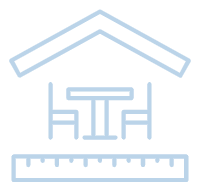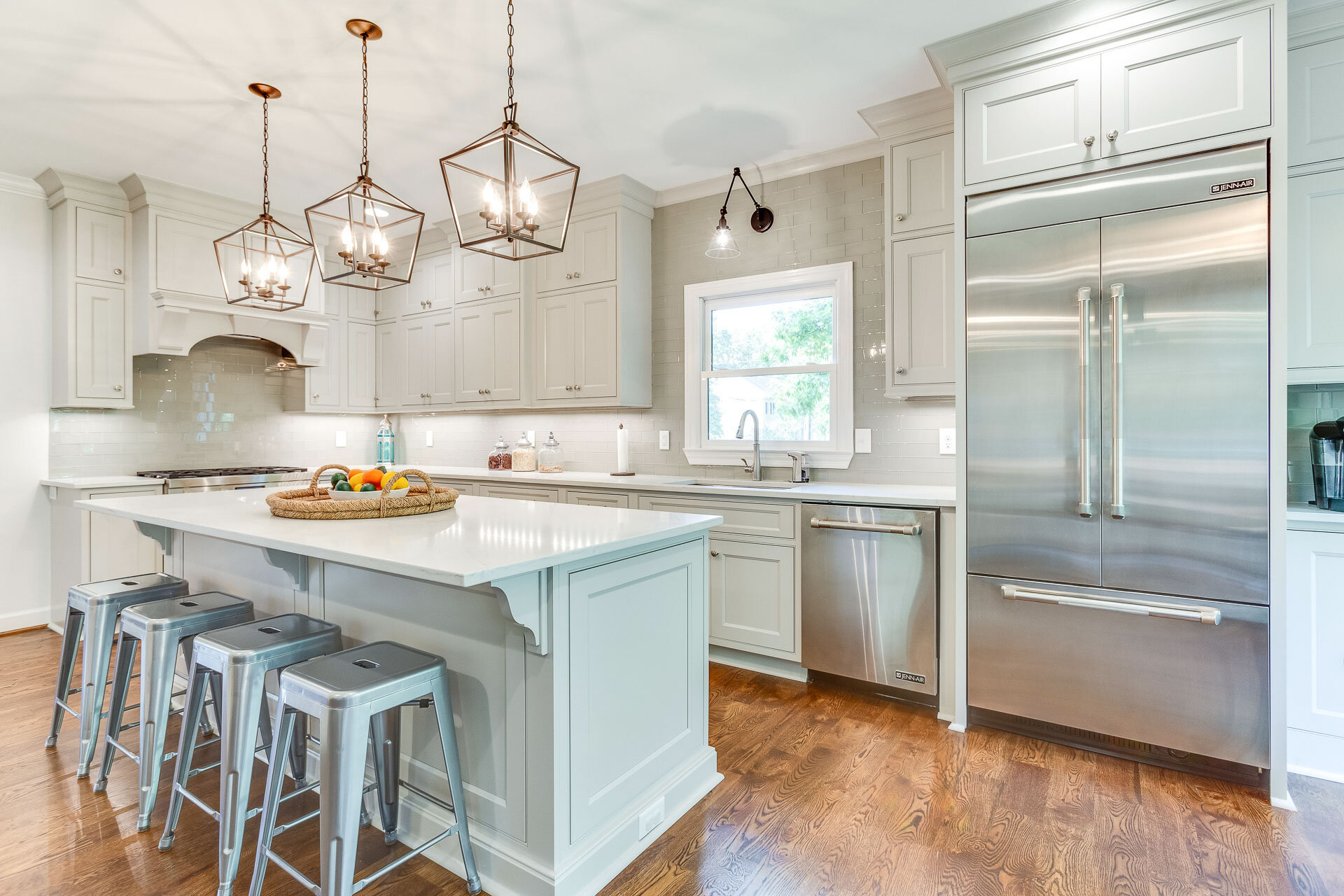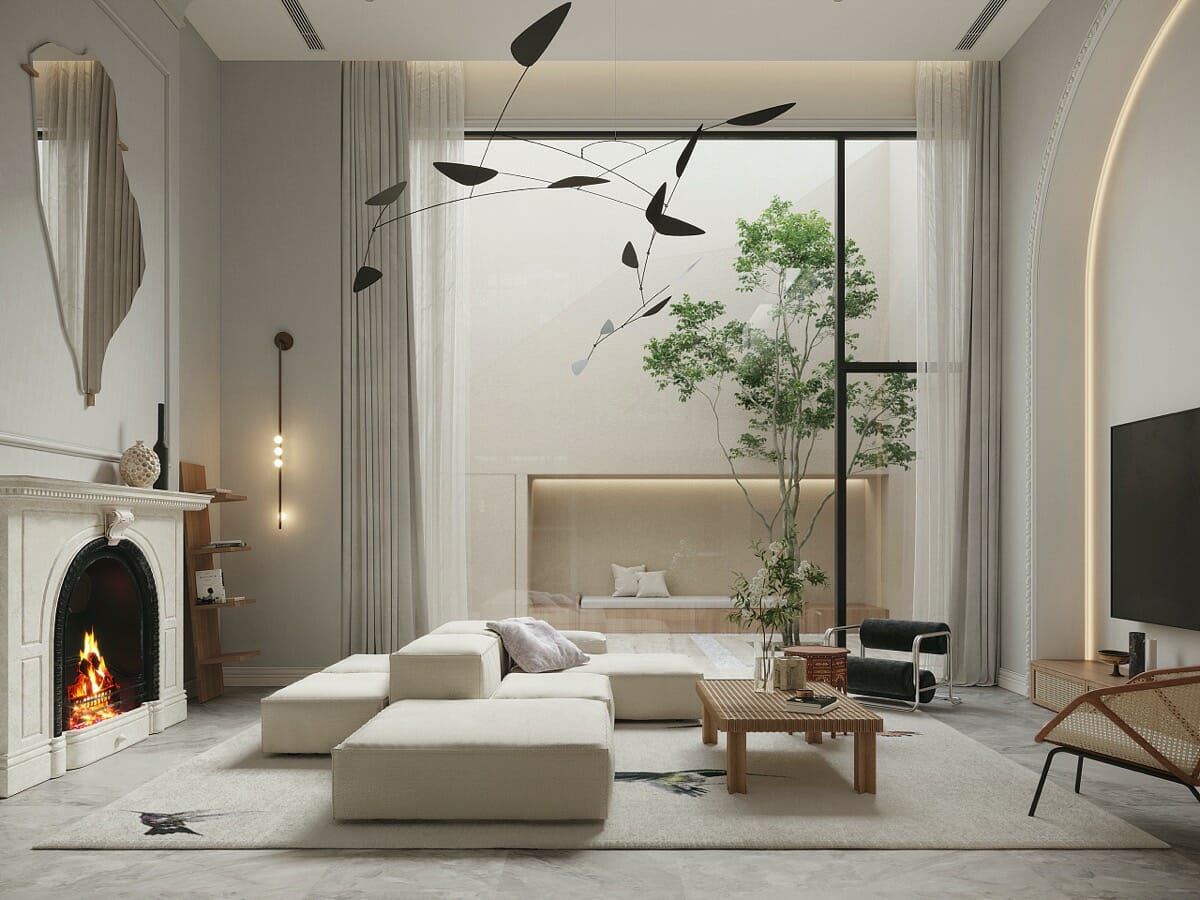A Lighting Designer is essentially one of the performers of the show, the only thing different is they will not be seen, often unknown to the public a Lighting Designer is usually carefully observing the show awaiting specific moments to operate the effects in conjunction with the performers.
The fixtures the Lighting Designer operates are all linked together and then set to run commands from a controller, either an older model analog control system or a newer computerized control system and have been given schedules for the songs or performance of the event.
The show begins well in advance for a Lighting Designer (LD), they are first contacted by the client and told what is expected for the event. Then, using their artistic ability, they create an immersive experience to complement the performance. The LD does so by patching fixtures, programming and then the live performance.
The first thing any good LD will do once an event or gig has been offered to them is to find out details about the event, the type of event and what fixtures will be in place for the event. The designer will be given information on any special sequences and requirements needed from the artists or any rules the venue property owners have in place. After the initial information is taken care of the designer will then prepare to program the show to meet the needs of the customer.
The second part of creating a show is fairly simple, the LD will patch all the fixtures into the blank show for the event. Basically patching is looking up the exact fixture that will be used for the event and importing a generic version of the fixture so the designer will know how the fixture will work and what abilities the fixture has, from advanced lighting to the fog and confetti canons. Once the designer locates the correct fixture, they will then add the fixture to the show and assign a channel number to the fixture called a DMX address which will be used to identify and control unique capabilities of each fixture and allow several fixture to operate off a single daisy-chain cable.
The LD will continue this process for the remaining fixtures that will be used for the even. After all the fixtures are imported and properly addressed to the designer then places the fixtures into specific groups to be recalled at any time during programming or during the show, once the designer has grouped the fixtures they will then create pallets for each type of fixture.
Pallets can now be assigned to control attributes for color, movement, patterns, beams or intensity to name a few. Attributes are then compiled into a working environment which shows the behavior of each fixture and allows the designer to manipulate a three-dimensional rendering of the fixture even though they never have to see the fixture until the day of the show.
The next step is writing the show, the designer will listen to music for the show or visualize the choreography for the event and try to create the mood of the lighting and effects for the event.
After a conceptual design has been crafted they will then program cues which are commands telling each fixture or group what to do, they will go through this process for the entire sequence to create one fluid movement or action called a chase for the specified fixtures. This process is the most tedious part of designing a show, a good designer can try to minimize the time needed to create a full show while others may spend several hours or days creating chases for the show. Saving the show frequently is also good practice.
Before technology improved the means of creating the show, designers had to take notes of each fixture and obtain copies of manuals for fixtures to read a specific number to control a fixtures function, they would use sliders on the controller to carefully move selected fixture to the number needed and toggle another fixture. This method was very time consuming and left ample room for errors. With technology now, designers can create and preview a custom show from the comfort of their home and then pack up only a minimal amount of gear to take for the event.
The final step of the designer is to prepare for traveling to the venue and to run the show. The lighting designer will save copies of the show on at least two forms of secure storage and pack their lighting console for the trip. Upon their arrival, they are in complete control of the configuration settings and placement of the lights. The lighting designer only answers to the event coordinator who is in direct contact with the performers. After the designer sets up the console and ensures proper operation of the fixtures the coordinator will then go over a brief outline of what will take place and what is expected, it is now that the designer and coordinator will reach an agreement and finalize what lighting is needed in what area or any changes to be made.
Operation of the show is more of an art than pushing a few flashing buttons, the designer has to know the cues to listen for in the music or gestures to follow, at which point they have to activate the pre-programmed chase to ensure a timely start of the sequence. They may also have to edit timing or colors on the go, if event has an alteration during the event the designer must quickly locate the scene or create one while he has a show running. For most events designers have freedom to run the show as they wish unless there is a specific effect requested by the client.



